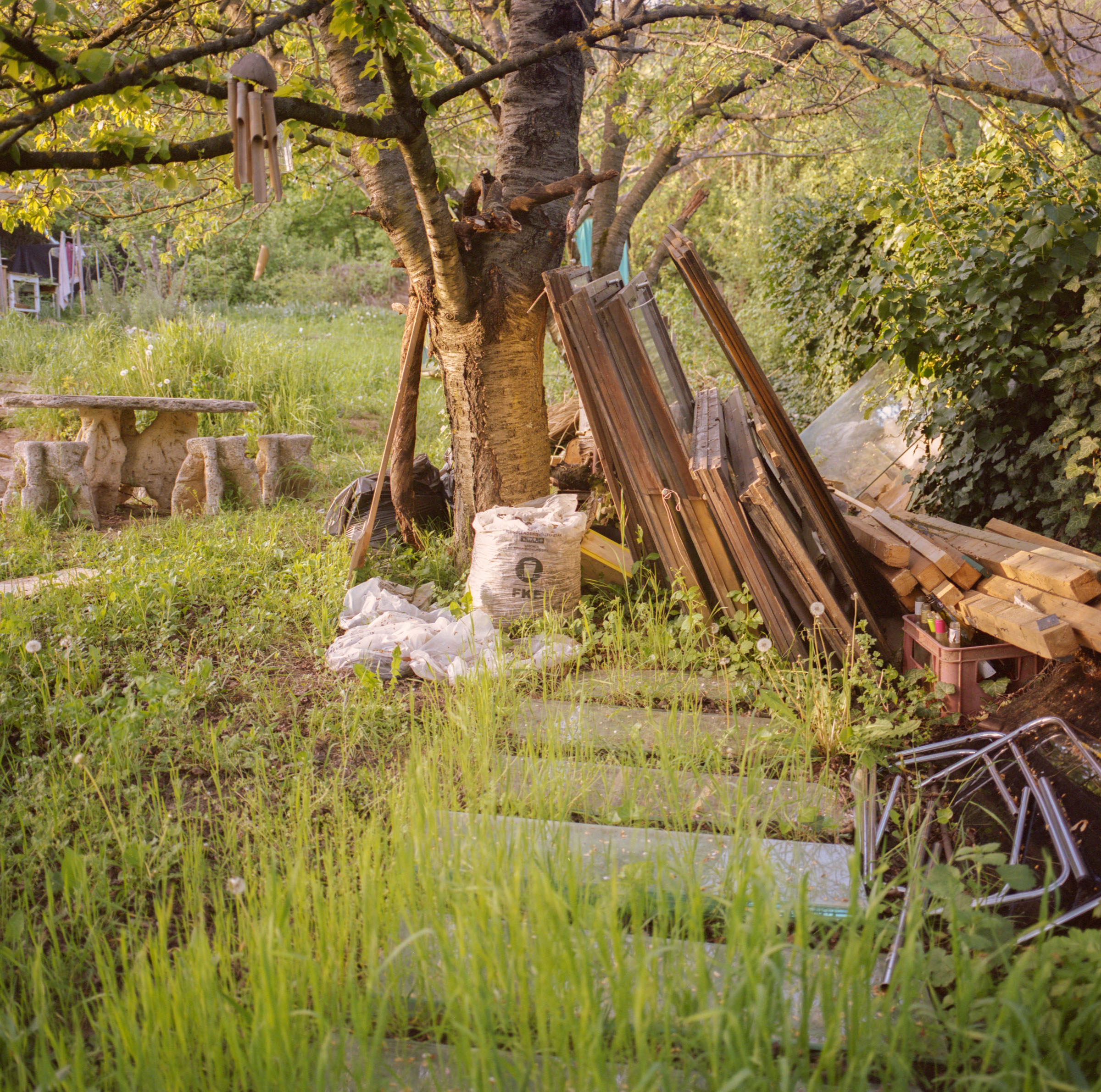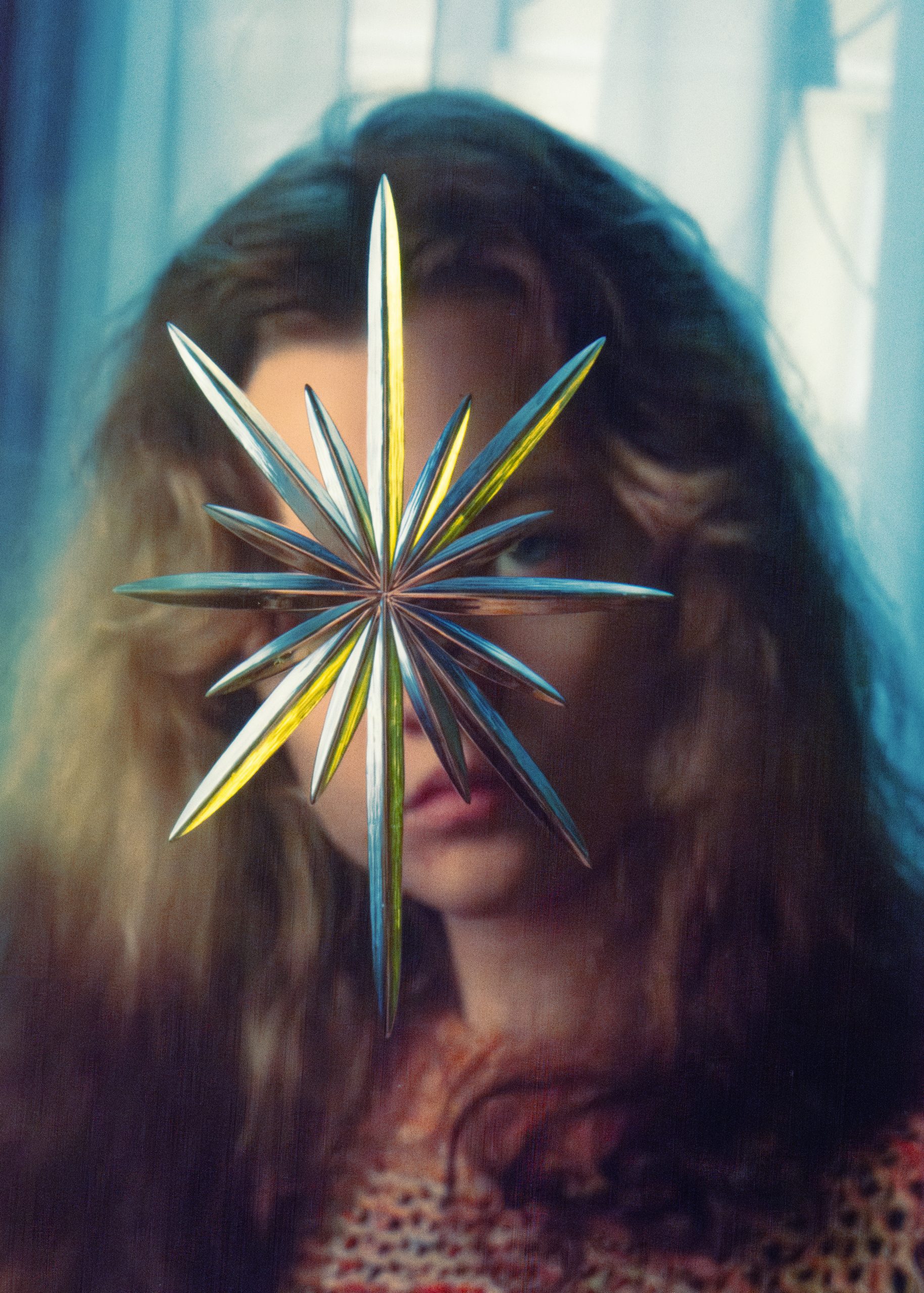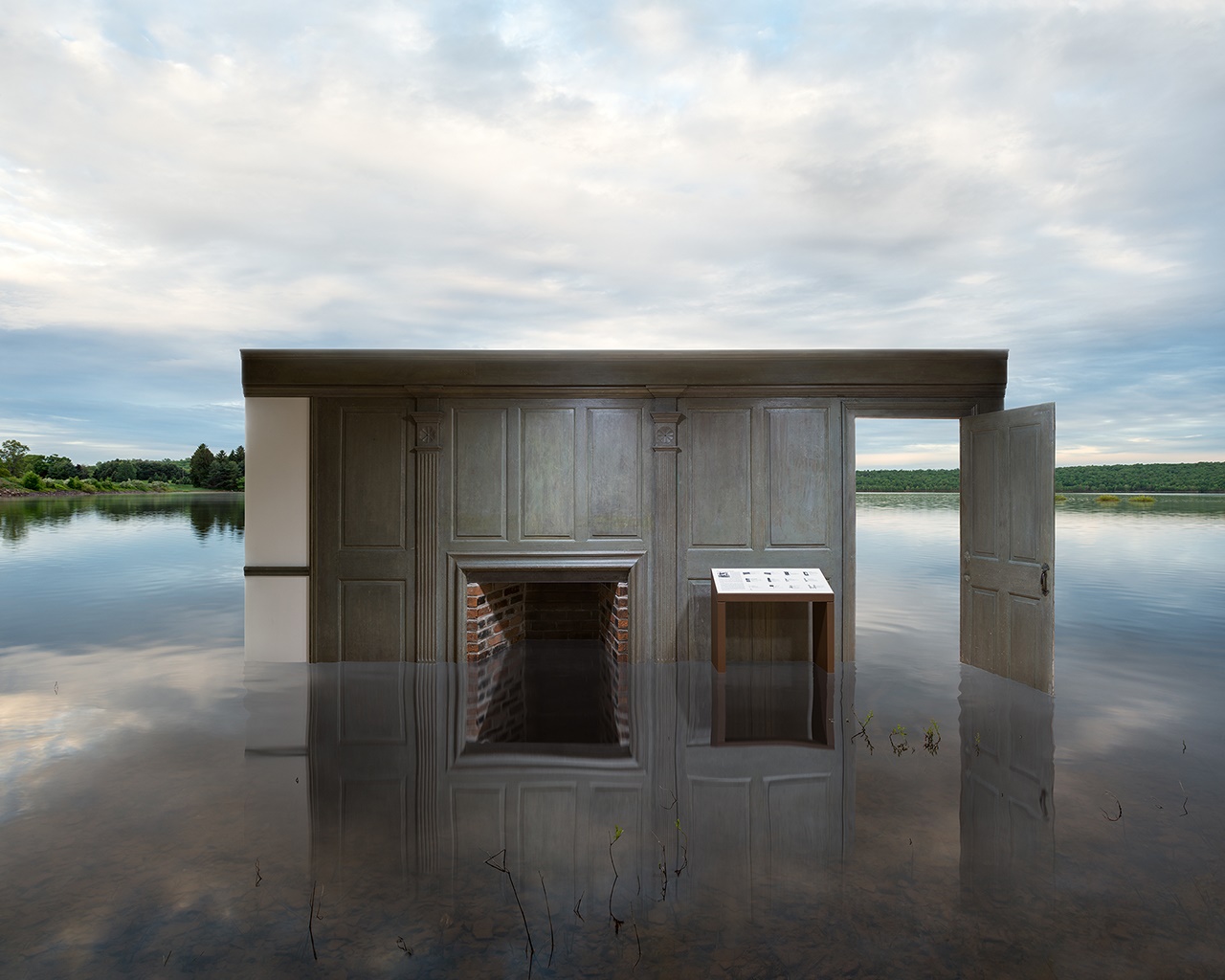

The photography of absence: An interview with American photographer Anthony Marchetti

Anthony Marchetti recently gave a lecture at Moholy-Nagy University of Art and Design Budapest. The American photographer – who also has Hungarian origins – introduced us the idea behind his ongoing project „Paul”, a series tracing back his family’s post-war memories through a lost relative. This is not his only work in which he tells us about absence: in his pictures he creates a peculiar atmosphere by representing void and abandoned spaces, while always showing the human stories behind them.
Your latest project is called “The American Period Rooms: Inside/Out”, please tell us about it!
The project was commissioned by the Minneapolis Institute of Art, they asked me whether I would do a project with them about their American Period Rooms, which are rooms that are taken from a certain place or a certain sight and were put into the museum. Basically they are historical examples of different kinds of houses. So I went to the sights where those houses were or some of the houses still are, and I photographed the sights and then I also photographed the rooms in the museum and finally merged them together.
Your origins go back to Minnesota. How does this affect your work?
I don’t think my origin of Minnesota specifically affects my work, but I definitely consider myself an American artist. Before this project I was more interested in suburban places, especially American suburbia, which is a very specific thing and I had different projects dealing with that.
Like your series “Occidente Nuevo/ New West”?
Yes, and also the “Apartment for rent” series. The New West project was about houses that were transported from San Diego to Tijuana. These suburban houses were built in the 1960s and 1970s in California and other western states like Arizona or New Mexico and they were photographed by American photographer Robert Adams in a project that was called the „New West”. These were black and white photographs of these tracked homes as they were being developed, I was referencing this series. Those homes now have new lives somewhere else in a different country and now they are being re-used for different purposes, which is sort of the transport of American suburbia to a different culture.
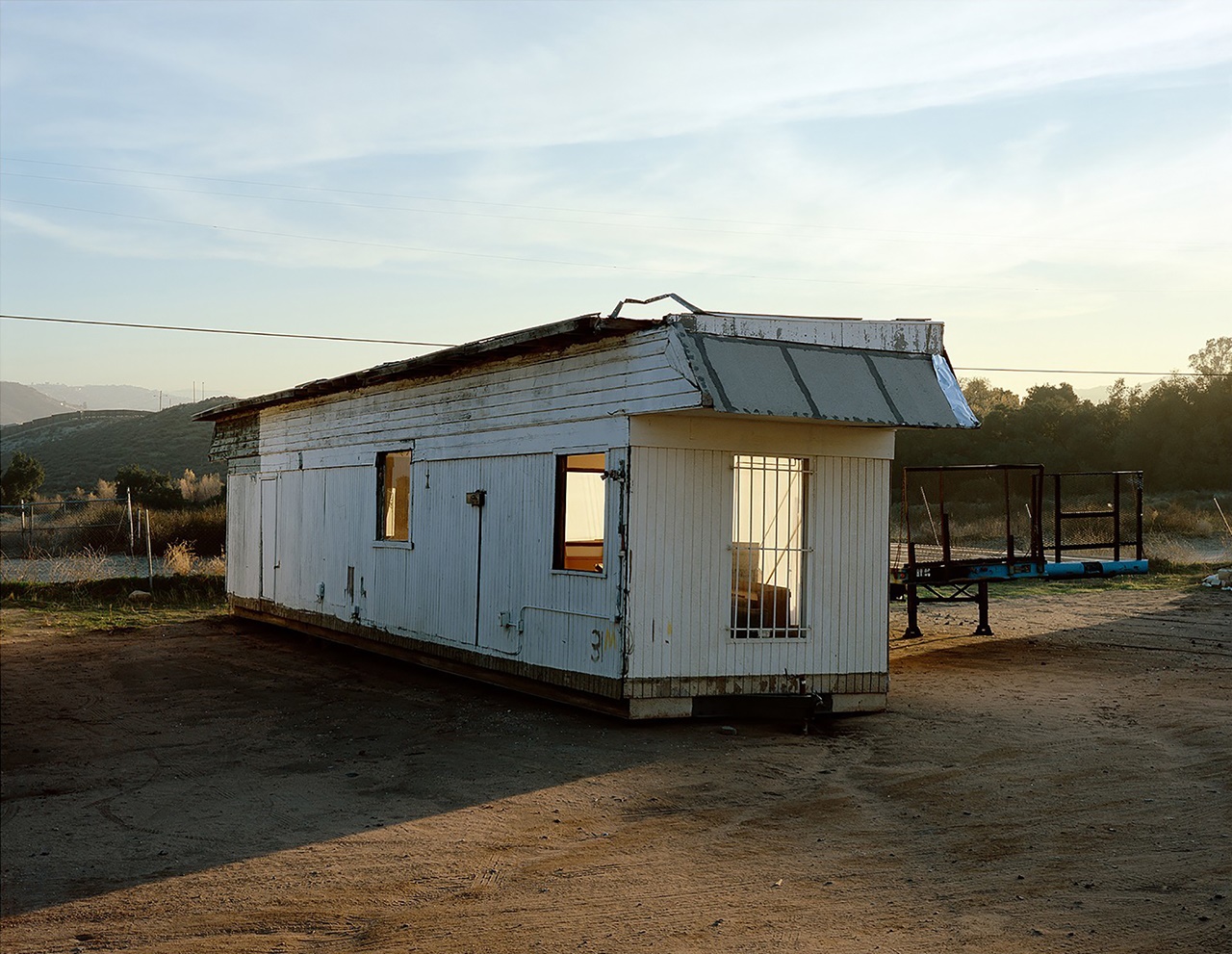
I think this series documents social inequality in a very interesting way…
Yes, it also reflects the differences between San Diego which is a very wealthy and manicured city and a place like Tijuana which is a much more transient and poor place. The people there reuse the things that California did not want anymore.
Your series „Paul” is an ongoing project based on your grandmother’s post-war memories. Why did you choose this subject?
Following World War II my grandmother, who was Hungarian, fled from Szeged with her family like many other refugees across Austria and eventually to Munich. When she was in Munich she met a man named Paul and they became engaged. My grandmother’s family left first and they went to the United States and the plan was that Paul will come after them and meet my grandmother. On the way to the US my grandmother found out that she was pregnant with my mother, but Paul and she never met again. So there is this missing character in my family and I was interested in imagining or creating some kind of narrative for this person and for the whole story. I used things that I do know – for example the places they’ve been to –, but I also made up a lot of the narrative and created a character of Paul who does not exist in my family, but he can now exist in this photographic story.
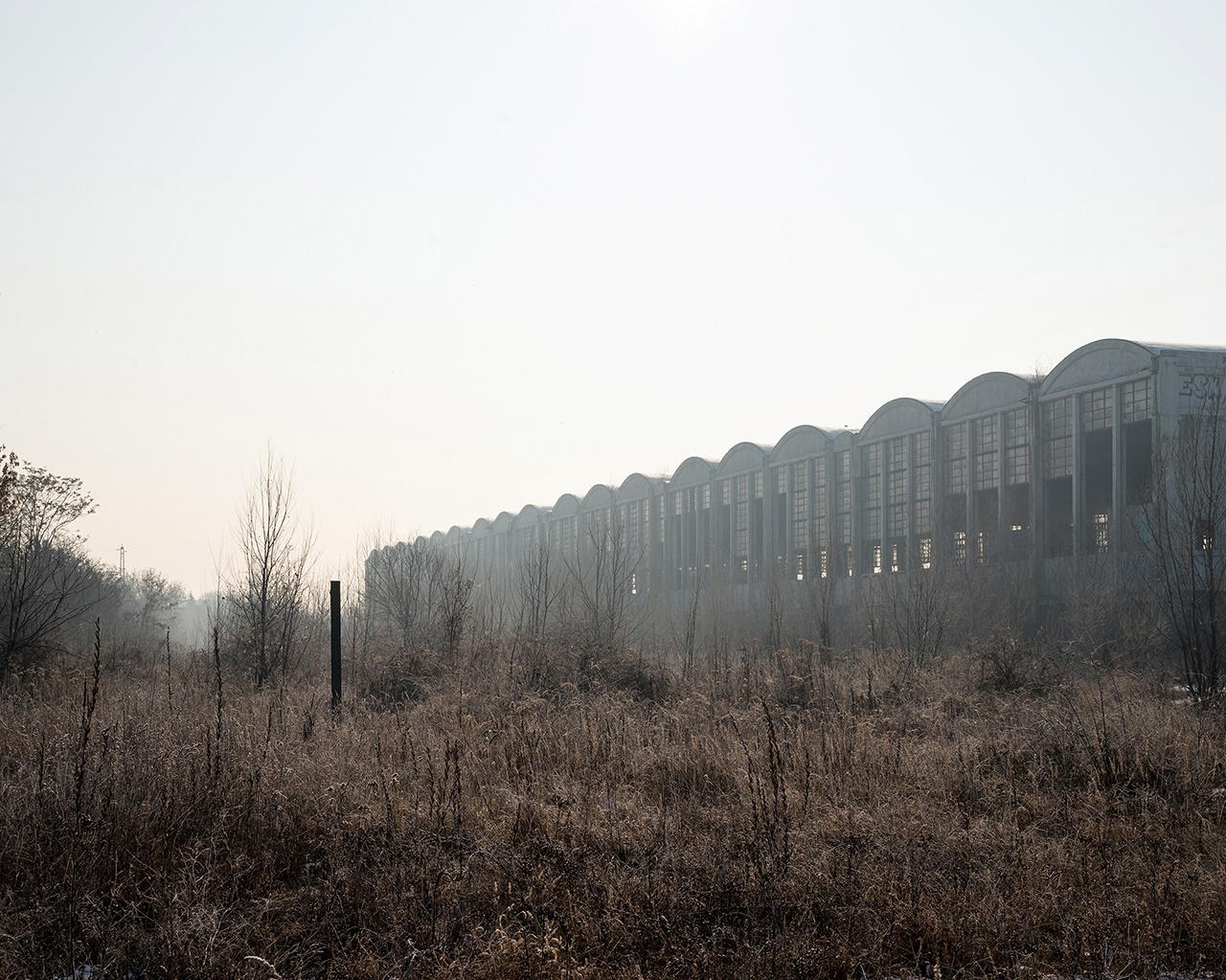
You took many of these photos in Hungary.
Yes. I started the project in 2013-2014 and visited Hungary several times. I was mostly photographing landscapes outside of major cities, because that’s where my family went through. The Fulbright Scholarship let me to stay here for six months and this helped me to become more of an insider in Hungary and learn many things about it which developed the work on a different level. During this whole time I was making as many images as I possibly could.
In some way all of them reflect on the relationship between the present and the past.
Yes, this topic became more important for me in the last years, especially in the “Paul” project which is the most personal work I have ever made.
Do you have any advices for young photographers?
The advice I give all my students and to anyone who asks me, is to work really hard. Results doesn’t come easy. And be a good person while you’re doing what you do.
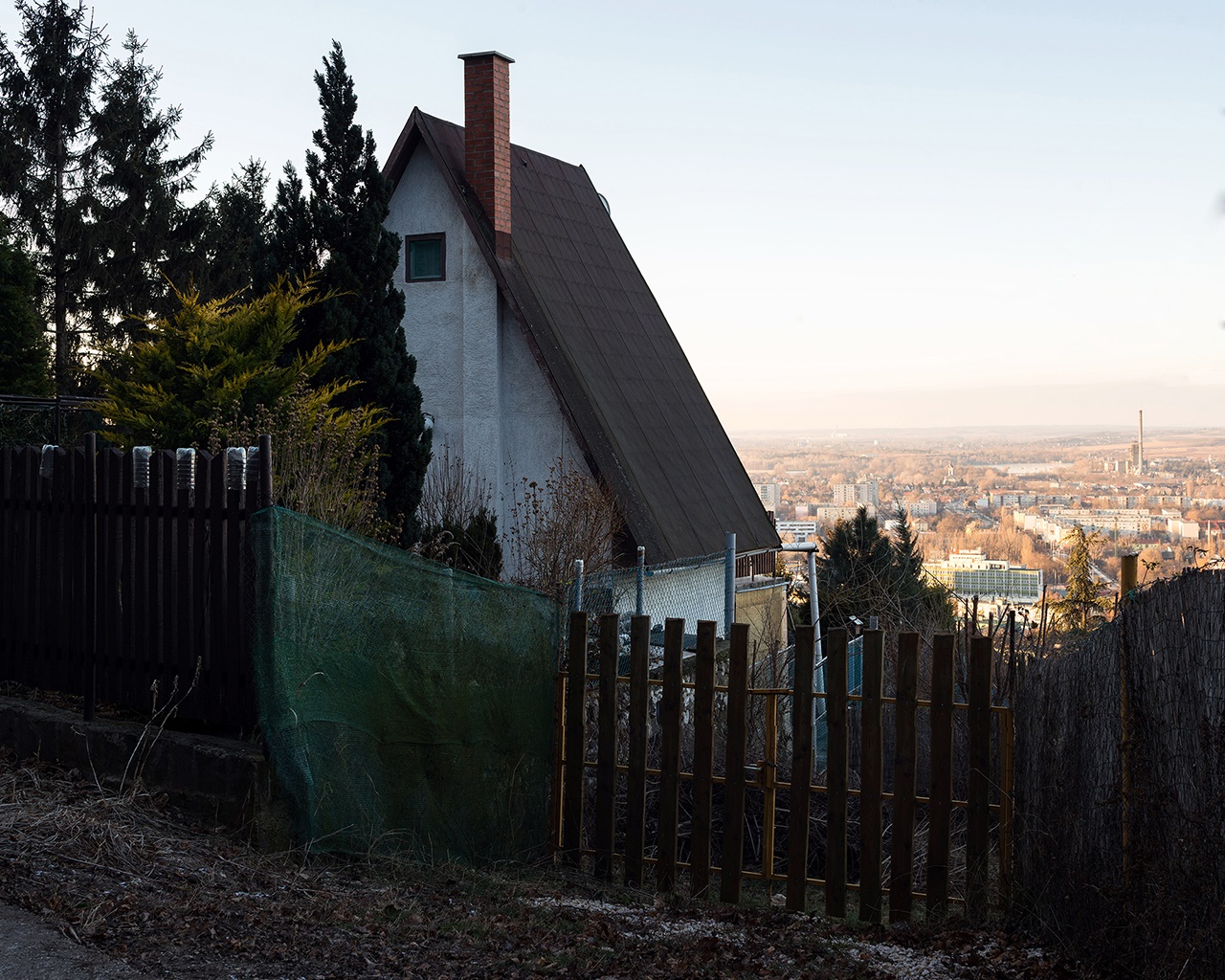
// /
An interview by Viktória Popper
